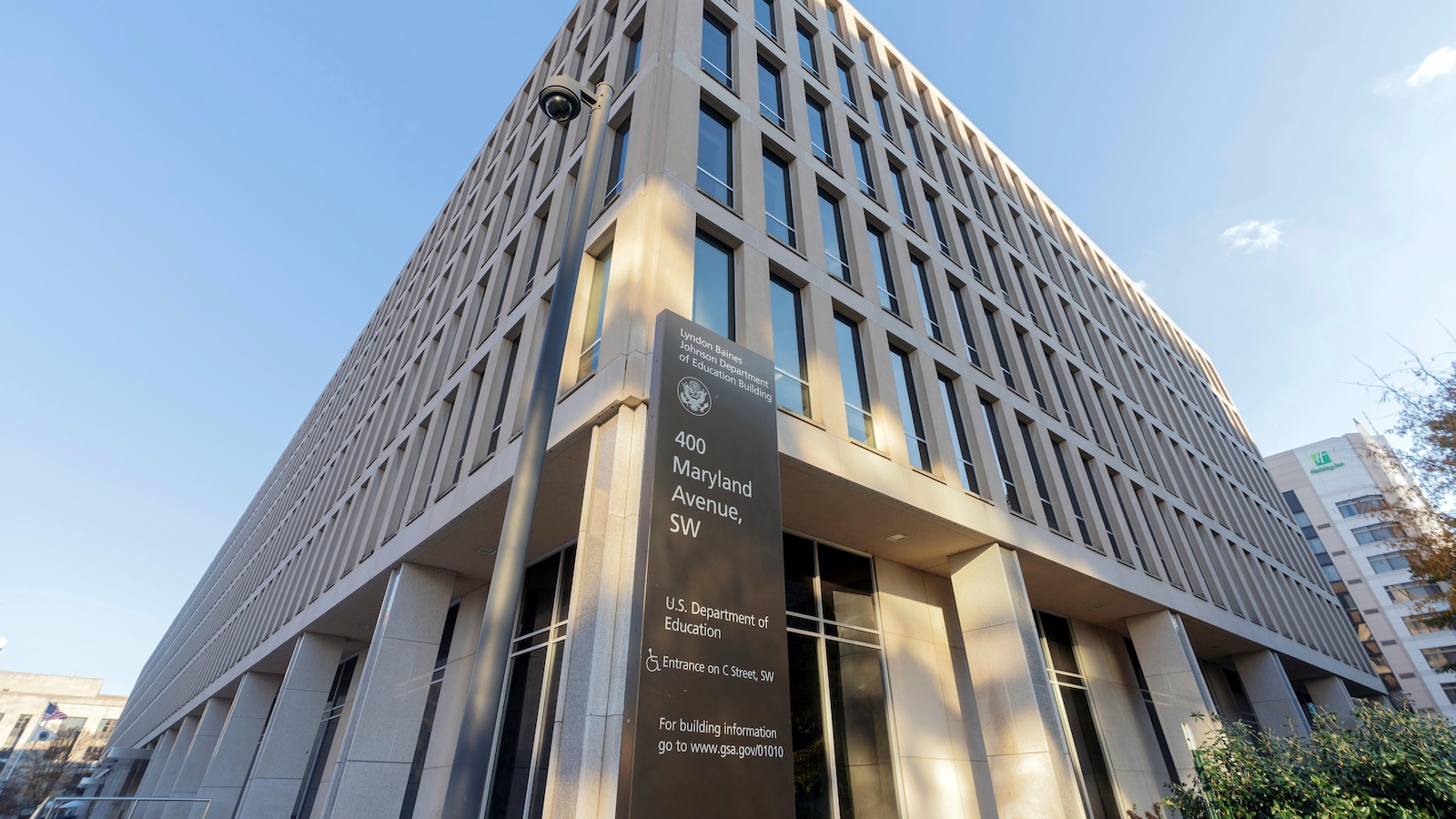NEW YORK — Between collections resuming, courts blocking student loan programs and layoffs at the Education Department, borrowers might be confused about the status of their student loans.
Recently, the Education Department announced it would start involuntary collections on defaulted loans, meaning the roughly 5.3 million borrowers who are in default could have their wages garnished by the federal government.
At the center of the turmoil are the government’s income-driven repayment plans, which reduce monthly payments for borrowers with lower incomes. Those plans were temporarily paused after a federal court blocked parts of the plans in February.
“There’s so much confusion, they’ve made it very complicated,” said Natalia Abrams, president and founder of the Student Debt Crisis Center.
At the same time, some borrowers are struggling to get their loan servicers on the phone, making it hard to find answers to their questions, said Abrams.
If you’re a student loan borrower, here are some answers to your questions.
Applications for income-driven repayment plans are open, but they’re taking longer than usual to process.
The applications were temporarily shut down earlier this year after a federal court in Missouri blocked the SAVE plan, a Biden administration plan that offered a faster path to loan forgiveness. The judge’s order also blocked parts of other repayment plans, prompting the Education Department to pause income-driven applications entirely.
Amid pressure from advocates, the department reopened the applications on May 10.
Borrowers can apply for the following income-driven plans: the Income-Based Repayment Plan, the Pay as You Earn plan and the Income-Contingent Repayment plan.
Abrams expects applications will continue to be approved but at a slower pace than before the application pause.
Borrowers currently enrolled in an income-driven plan should be receiving notifications about recertification, said Khandice Lofton, counsel at the Student Borrower Protection Center. Recertification is required annually to update information on family size and income, and dates are different for each borrower.
To review income-driven repayment plans, you can check the loan simulator at studentaid.gov.
Borrowers enrolled in the SAVE plan have been placed in administrative forbearance while a legal challenge is resolved. That means they don’t have to make payments and interest is not accruing. Time in forbearance normally does not count toward Public Service Loan Forgiveness.
The Education Department will notify borrowers with updates on payments and litigation.
“We don’t know for sure when the SAVE forbearance is going to end,” Abrams said.
While the future of the SAVE plan is decided in court, Abrams encourages borrowers to explore their eligibility for other income-driven repayment plans.
The online application for loan consolidation is available again, at studentaid.gov/loan-consolidation. If you have multiple federal student loans, you can combine them into one with a fixed interest rate and a single monthly payment.
The consolidation process typically takes around 60 days to complete. You can only consolidate your loans once.
It would be difficult for the Education Department to reinstate loans that were canceled during President Joe Biden’s administration. So far, it isn’t believed to be happening, Abrams said.
Nothing has changed yet.
President Donald Trump wants to change the Public Service Loan Forgiveness program to disqualify workers of nonprofit groups deemed to have engaged in “improper” activities. He signed an executive order to that effect, but it has yet to be enforced.
Borrowers enrolled in PSLF should keep up with payments to make progress toward loan forgiveness, said Sarah Austin, policy analyst at the National Association of Student Financial Aid Administrators.
“There could be some changes coming in regards to PSLF but at this current time PSLF is still functioning and there is still loan forgiveness being processed under the PSLF provision,” said Austin.
An income-driven repayment tracker has disappeared from the federal student loan website for many borrowers, said Abrams. For keeping track of their status, Abrams is recommending that borrowers take screenshots of their payments.
Contacting your loan servicer is crucial to managing and understanding your student loans. Due to the large number of people trying to get answers or apply for programs, loan servicers are taking longer than usual to respond.
Abrams recommends borrowers prepare for long wait times.
“We’ve heard borrowers being in hold for three or four hours, then being transferred to a supervisor and then being hung up on, after all that wait time. It’s incredibly frustrating,” Abrams said.
If you’re delinquent, try to get back on track. Borrowers who don’t make their payments for 270 days go into default, which has severe consequences.
“If you’re delinquent but have not defaulted yet, do whatever you can do to avoid going default,” said Kate Wood, a student loans expert at NerdWallet.
Borrowers who are delinquent on their student loans take a massive hit on their credit scores, which could drop 100 points or more, Wood said. A delinquency stays on your credit report for seven years.
Wood recommends contacting your servicer to ask for options, which can include forbearance, deferment or applying for an income-driven repayment plan.
The Education Department is recommending borrowers visit its Default Resolution Group to make a monthly payment, enroll in an income-driven repayment plan or sign up for loan rehabilitation.
Betsy Mayotte, president of The Institute for Student Loan Advisors, recommends loan rehabilitation.
Borrowers in default must ask their loan servicer to be placed into such a program. Typically, servicers ask for proof of income and expenses to calculate a payment amount. Once a borrower has paid on time for nine months in a row, they are taken out of default, Mayotte said. A loan rehabilitation can only be done once.
The Fresh Start program was a one-time temporary program that helped borrowers get out of default. This program ended Aug. 31, 2024.
___
The Associated Press receives support from Charles Schwab Foundation for educational and explanatory reporting to improve financial literacy. The independent foundation is separate from Charles Schwab and Co. Inc. The AP is solely responsible for its journalism.

